- No products in the cart.
Metrogil injection 5mg / ml 100ml vial 1 piece
$0.60
Metrogil injection 5mg / ml 100ml vial 1 piece
SKU: 0138797171 Categories: Antibiotics, antimicrobial, antiparasitic, Antiprotozoal, Medicaments Tag: UNIC
Description
Composition
Active substance:
1 ml of solution contains: Metronidazole – 5.0 mg.
Excipients:
Sodium chloride 7.9 mg Citric acid monohydrate 0.229 mg, 0.467 mg disodium hydrogen phosphate, water for injection – ck. des. to 1 ml.
Description:
The clear solution from colorless to pale yellow.
Product form:
A solution for intravenous administration of 5 mg / ml.
20 ml in a glass vial (type 1, F. USA). 5 vials complete with ampoule knife and instructions for use placed in a cold box ( “termokol”).
1 cold box is placed in a cardboard box.
100 ml vial low density polyethylene. 1 bottle wrapped in cellophane was placed in a cardboard box, together with instructions for use.
Contraindications
Increased sensitivity to metronidazole or components forming part of the drug, as well as other derivatives nitroimidazole; I trimester of pregnancy, lactation, organic lesions of the central nervous system (including epilepsy), blood diseases (including a history of), hepatic failure (in the case of large doses of destination).
Carefully.
Pregnancy (II-III trimesters), renal / hepatic failure.
Dosage
5 mg / ml
Indications
Protozoal Infection: extraintestinal amebiasis, including amebic liver abscess, intestinal amoebiasis (amoebic dysentery), trichomoniasis (Trichomonas including vaginitis, urethritis Trichomonas)
Infections caused by Bacteroides spp. (Including Bacteroides fragilis, Bacteroides distasonis, Bacteroides ovatus, Bacteroides thetaiotaomicron, Bacteroides vulgatus): infections of bones and joints, central nervous system infections, including meningitis, brain abscess, bacterial endocarditis, pneumonia, empyema and lung abscess, sepsis.
Infections caused by species Clostridium spp, Peptococcus and Peptostreptococcus:. Abdominal infections (peritonitis, liver abscess), pelvic infections (endometritis, endomyometritis, abscess, fallopian tubes and ovaries, vaginal vault infection).
Prevention of postoperative complications (especially interventions on the colon, okolorektalnoy area, appendectomy, gynecological operations).
Radiotherapy patients with tumors – as a radiosensitizing drug in cases where the resistance of the tumor is caused by hypoxia in the tumor cells.
Interaction with other drugs
Metronidazole for intravenous administration is not recommended to mix it with other drugs.
It enhances the action of anticoagulants, which leads to an increase in prothrombin time.
Similarly, disulfiram is intolerant of ethanol.
The simultaneous use of disulfiram can lead to a variety of neurological symptoms (interval between administration – at least 2 weeks).
Cimetidine inhibits metabolism of metronidazole, which may lead to an increase in its concentration in the serum and an increase in the risk of side effects. Simultaneous administration of drugs that stimulate the microsomal oxidation enzymes in the liver (phenobarbital, phenytoin), may accelerate the elimination of metronidazole in the resulting lowered concentration in plasma.
Together with the admission lithium drugs may increase the plasma concentration of the latter and the development of symptoms of intoxication.
Not recommended combined with the non-depolarizing muscle relaxants (vecuronium bromide).
Sulfonamides enhance the antimicrobial activity of metronidazole.
Overdose
Symptoms include nausea, vomiting, ataxia; when receiving as radiosensitizing agents – seizures, peripheral neuropathy.
Treatment: there is no specific antidote, symptomatic and supportive therapy.
pharmachologic effect
Pharmacological group:
Antimicrobial and protivoprotozoynoe means.
Pharmacodynamics:
Antiprotozoal and antimicrobial agent, 5-nitroimidazole derivative. The mechanism of action is in the biochemical reduction of 5-nitro group of metronidazole intracellular transport proteins of anaerobic microorganisms and protozoa. The recovered 5-nitro group of metronidazole is reacted with DNA of microbial cells, inhibiting synthesis of nucleic acids, which leads to the death of the bacteria.
It is active against Trichomonas vaginalis, Entamoeba histolytica, as well as Gram-negative anaerobes Bacteroides spp. (Including B. fragilis, B. distasonis, B. ovatus, B. thetaiotaomicron, B. vulgatus), Fusobacterium spp. Gram-positive and certain anaerobes (sensitive strains of Eubacterium spp., Clostridium spp., Peptococcus niger, Peptostreptococcus spp.). MIC for these strains is 0,125-6,25 mg / ml.
In combination with amoxicillin is active against Helicobacter pylori (amoxicillin suppresses development of resistance to metronidazole).
Insensitive to metronidazole aerobic microorganisms and facultative anaerobes, but in the presence of mixed flora (aerobes and anaerobes) metronidazole acts synergistically with antibiotics effective against common aerobes.
Increases of tumor sensitivity to radiation, causes reaction disulfiramopodobnye, stimulates repair processes.
Pharmacokinetics:
It has high penetration ability, achieving bactericidal concentrations in most tissues and fluids, including the lungs, kidneys, liver, skin, cerebrospinal fluid, brain, bile, saliva, amniotic fluid, abscess cavity, vaginal secretions, semen, breast milk, penetrates through the blood-brain and placental barrier. The distribution: adults – approximately 0.55 L / kg, newborns – 0.54-0.81 l / kg.
Relationship to plasma proteins – 10-20%.
When administered intravenously, 500 mg of the drug within 20 minutes maximum concentration (Cmax) in blood serum is as follows: 1 hour – 35.2 ug / ml, 4 hours – 33.9 g / ml at 8 hours – 25.7 g / ml; Minimum concentration (Cmin) during subsequent administration of the drug – 18 ug / ml. Time to maximum concentration – 30-60 min, a therapeutic concentration is maintained for 6-8 hours under conditions of normal bile concentration of metronidazole in bile after intravenous administration can significantly exceed the concentration in the plasma..
In the body, metabolized about 30-60% metronidazole by hydroxylation, oxidation and glyukuronirovaniya. The major metabolite of (2-oximetronidazole) protivoprotozoynoe and also provides antimicrobial effect.
The half-life in normal liver function – 8 hours (6 to 12 hours), with alcoholic liver disease – 18 h (from 10 to 29 h), in neonates: born at term pregnancy – 28-30 weeks – about 75 hr, 32 weeks -35 – 35 h, 36-40 weeks -. 25 hours excreted by the kidneys 60-80% (20% unchanged) through the intestine – 6-15%.
Renal clearance – 10.2 ml / min. Patients with impaired renal function after repeated administration cumulation of metronidazole in serum can be observed (hence patients with severe renal impairment receiving frequency to be reduced).
Metronidazole and main metabolites are quickly removed from the blood by hemodialysis (elimination half-life is reduced to 2.6 hours). When peritoneal dialysis is output in minor amounts.
Pregnancy and breastfeeding
I trimester of pregnancy – is contraindicated;
nursing mothers – by prescription, while the cessation of breastfeeding.
Conditions of supply of pharmacies
On prescription.
side effects
Disorders of the gastrointestinal tract: epigastric pain, nausea, vomiting, diarrhea, glossitis, stomatitis, “metallic” aftertaste in the mouth, reduced appetite, anorexia, dryness of the oral mucosa, constipation, pancreatitis (reversible cases), discoloration language / “coated tongue” (because of the proliferation of fungal microflora).
Disorders of immune system: angioedema, anaphylactic shock.
Disorders of the nervous system: peripheral sensory neuropathy, headache, convulsions, dizziness, reported on the development of encephalopathy and subacute cerebellar syndrome (loss of coordination and synergy of movements, ataxia, dysarthria, gait disturbance, nystagmus, tremor), which are reversible after discontinuation of metronidazole , aseptic meningitis.
Mental disorder: psychotic disorders including confusion, hallucinations; depression, insomnia, irritability, anxiety.
Violations by the organ of vision: transient visual disturbances such as diplopia, myopia, blurred contours of objects, blurred vision, impaired color perception; neuropathy / optic neuritis.
Blood disorders and lymphatic system: agranulocytosis, leukopenia, neutropenia, thrombocytopenia.
Disorders of the liver and biliary tract: increased activity “liver” enzymes (AST, ALT, alkaline phosphatase), or a mixed development cholestatic hepatitis and hepatocellular liver injury, sometimes accompanied with jaundice; in patients treated with metronidazole in combination with other antibacterial agents, there have been cases of liver failure requiring liver transplantation.
Violations of the skin and subcutaneous tissue disorders: rash, itching, flushing of the skin, rash, pustular rash, Stevens-Johnson syndrome, toxic epidermal necrolysis.
Violations of the kidneys and urinary tract: Urine staining brownish-reddish color due to the presence in urine of a water-soluble metabolite of metronidazole, dysuria, polyuria, cystitis, incontinence, candidiasis.
General disorders and the site of injection: fever, nasal congestion, arthralgia, weakness, thrombophlebitis (pain, redness or swelling at the injection site).
Laboratory and instrumental data: flattening of the T wave on the electrocardiogram.
special instructions
In the period of treatment is contraindicated receiving ethanol (development disulfiramopodobnyh reactions: abdominal pain, spastic nature, nausea, vomiting, headache, a sudden rush of blood to the face).
In combination with amoxicillin is not recommended for use in patients younger than 18 years.
In the treatment of Trichomonas vaginitis in women and urethritis in men Trichomonas should refrain from sexual activity. Required simultaneous treatment of sexual partners. After treatment of trichomoniasis should hold control samples for 3 successive cycles before and after menstruation.
With long-term therapy should be monitored picture peripheral blood.
The emergence of ataxia, dizziness and any other worsening of neurological status of patients required discontinuation of treatment.
Can immobilize treponema and lead to false positive test Nelson.
Urine stains in dark color.
Effects on ability to drive and working mechanisms.
During the period of treatment must be careful when driving and when engaging in other potentially hazardous activities that require high concentration and psychomotor speed reactions (possible dizziness, impairment of consciousness, hallucinations, seizures, incoordination, ataxia).
Storage conditions
Store at a temperature not higher than 30 C and protected from light. Do not freeze.
Keep out of the reach of children.
Dosing and Administration
Intravenous drug indicated for severe infections, as well as without the possibility of ingestion of the drug.
Adults and children over 12 years, initial dose of 0.5-1 g intravenously (infusion duration – 30-40 minutes), and then every 8 hours 500 mg at a rate of 5 ml / min. With good tolerance after 2-3 infusions first pass to bolus. The course of treatment – 7 days. If required, intravenous administration is continued for a longer time. The maximum daily dose – 4 g At improvement of the patient for indications carried on the transition supports ingestion of the drug in a dose of 400 mg 3-5 times a day.
Children under 12 years are designated by the same pattern in a single dose – 7.5 mg / kg.
When septic disease usually spend 1 course of treatment.
In prophylactic applications for adults and children over 12 years intravenously at 0.5 – 1 g before surgery, on the day of surgery and on the following day – 1.5 g / day (500 mg every 8 hours). 1-2 days supporting therapy inside. Patients with chronic renal insufficiency and creatinine clearance less than 30 mL / min and / or hepatic insufficiency maximum daily dose – not more than 1 g, the multiplicity of reception – 2 times a day.
As a radiosensitizing drug the drug is administered intravenously at the rate of 160 mg / kg or 6.4 g / sq. m of body surface per 0.5-1.0 hour before irradiation. Apply before each session of radiation for 1-2 weeks. The remainder of the radiation therapy, metronidazole is not applicable. The maximum single dose not exceed 10 g, course 60 D. For removal of intoxication caused by irradiation used drip 5% dextrose solution, gemodeza or 0.9% sodium chloride solution.
Information
Appearance may differ from that depicted in the picture. There are contraindications. You need to read the manual or consult with a specialist
Additional information
| Weight | 0.100 kg |
|---|---|
| Manufacturer | UNIC |

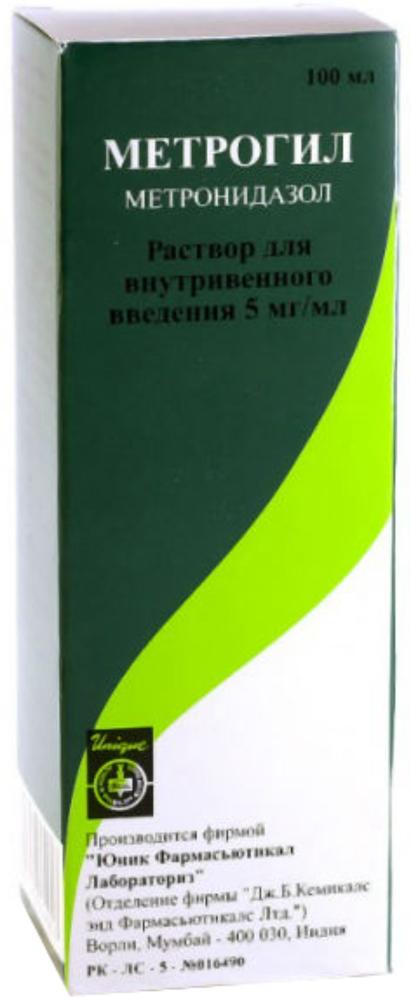
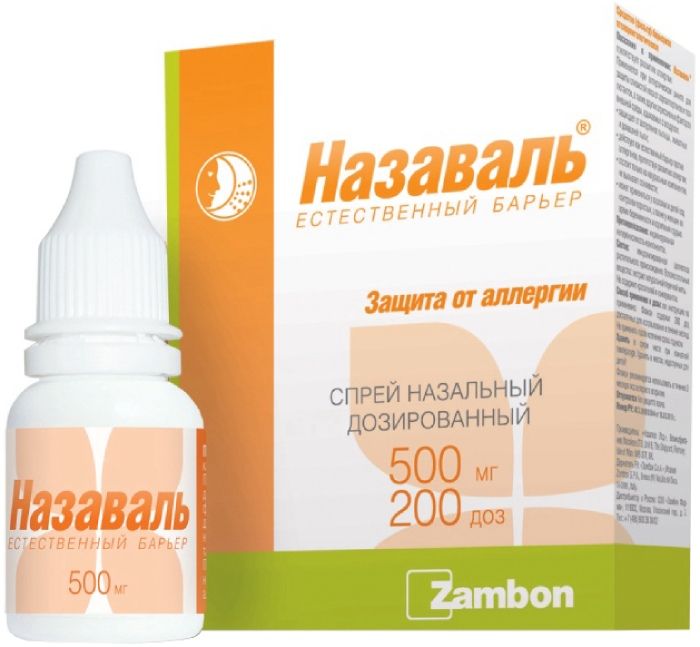

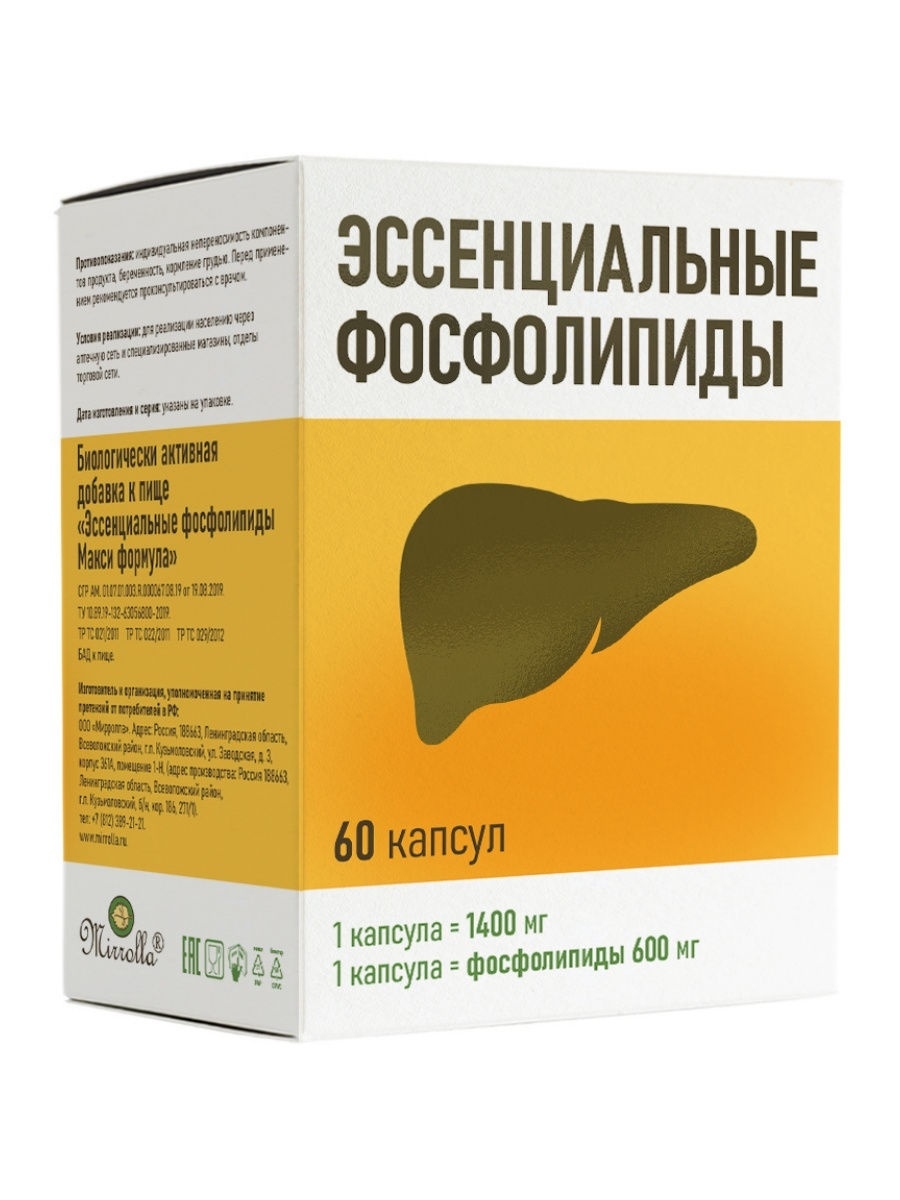
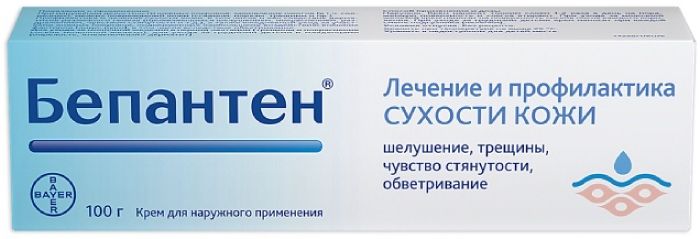
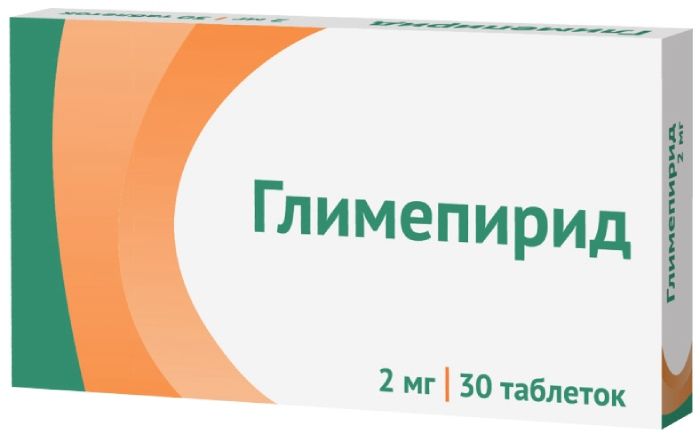
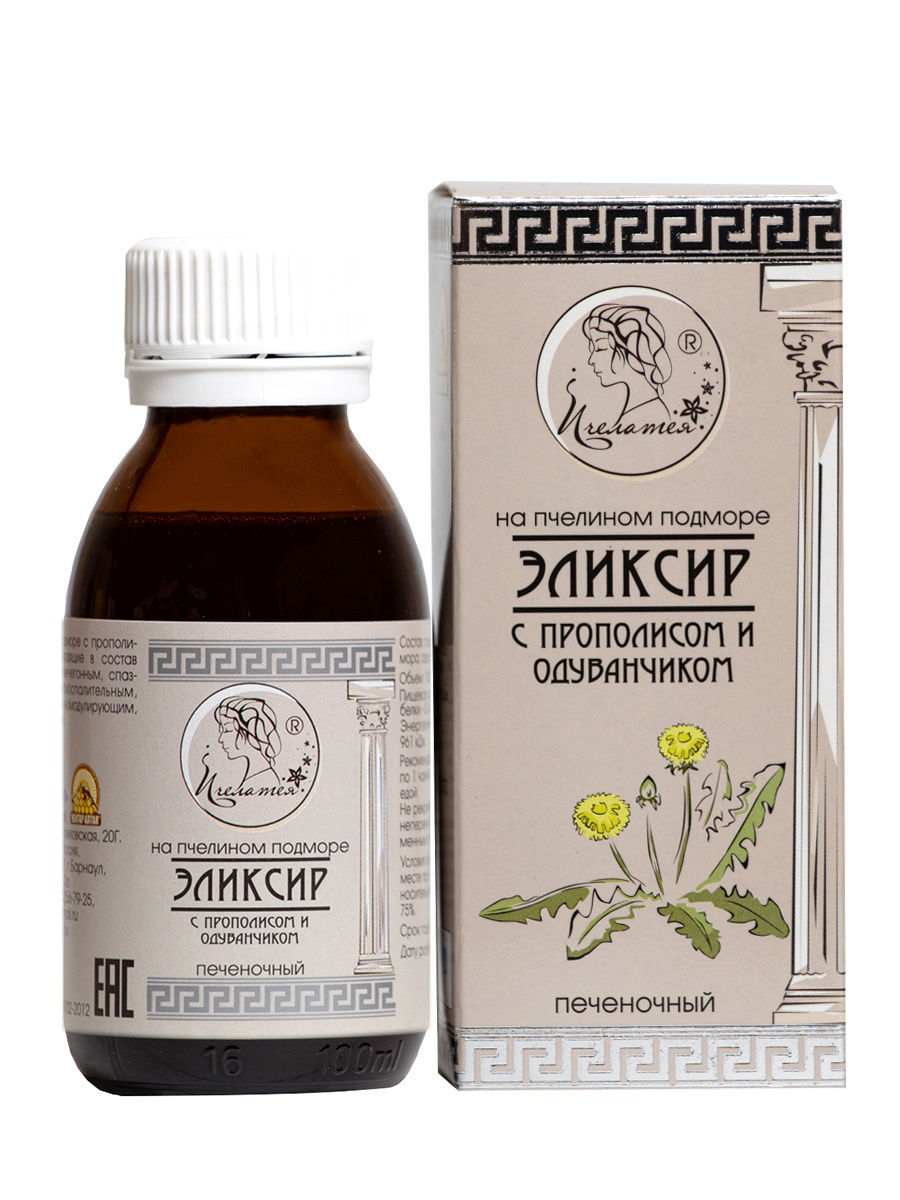





There are no reviews yet.